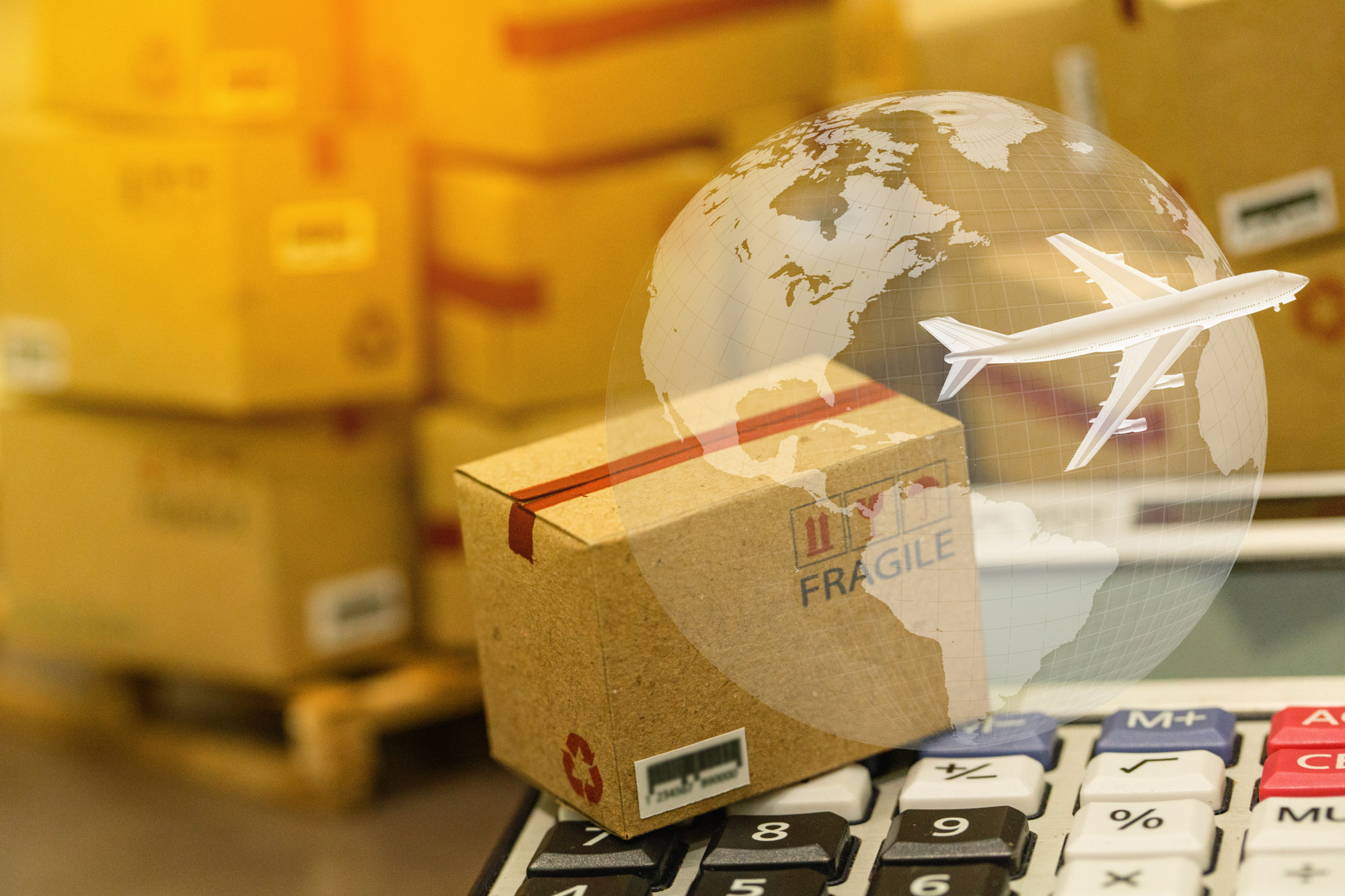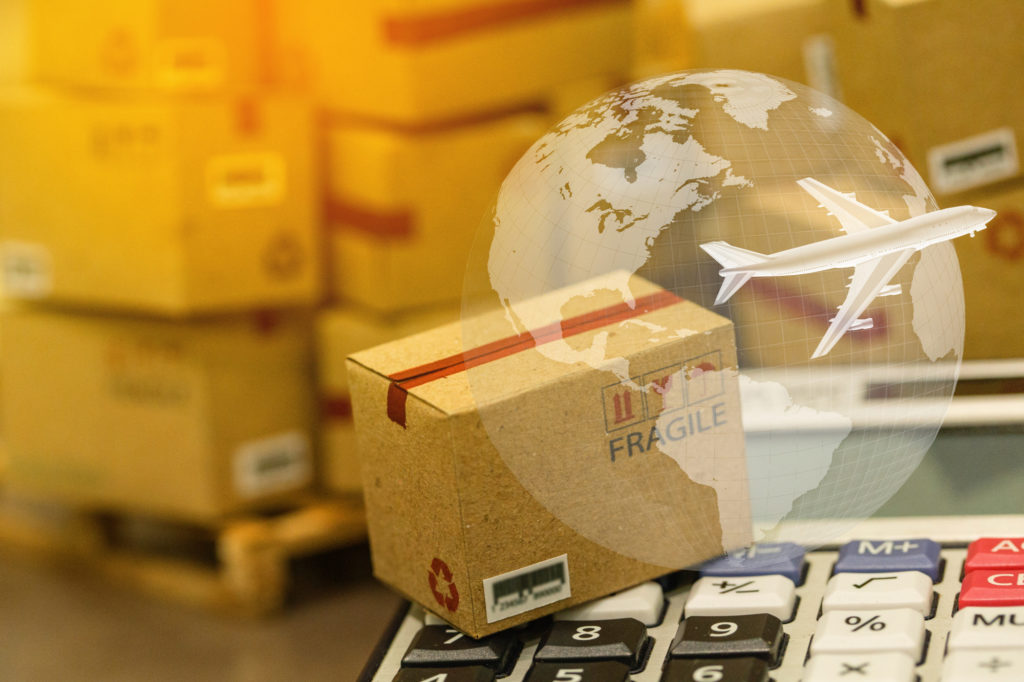
Understanding Postage Meters: How They Work and Benefits for Your Business
A postage meter, also known as a mailing machine or postage evidencing device, is an essential tool for businesses that handle a significant volume of outgoing mail. These machines allow businesses to weigh, calculate, and apply postage to mailpieces efficiently, streamlining the mailing process and reducing costs. In this blog post, we will discuss how postage meters work, the benefits they offer, and how to determine if a postage meter is right for your business.
How Postage Meters Work
Postage meters consist of several components that work together to simplify and automate the mailing process. These components include:
- Weighing Scale: The built-in scale weighs each mailpiece to determine the appropriate postage based on its weight and size.
- Rate Calculator: The rate calculator processes the weight and size information to calculate the correct postage rate, taking into account the type of mail (e.g., first-class, priority, or parcel) and destination.
- Printing Mechanism: The postage meter prints the calculated postage directly onto the mailpiece or an adhesive label, which can then be applied to the mailpiece.
- Postage Account: Postage meters are linked to a postage account, which is periodically funded by the user. The account is debited for each mailpiece processed, ensuring accurate tracking and payment of postage fees.

The Benefits of Postage Meters for Businesses
Postage meters can save your business time and money by streamlining the mailing process. With a postage meter, businesses no longer need to purchase stamps or manually calculate correct postage fees. There are several additional benefits to using a postage meter for your business, including:
Time Savings:
Postage meters streamline the mailing process by automating tasks such as weighing, calculating, and applying postage. This saves time and allows employees to focus on other essential tasks.
Cost Savings:
Postage meters offer discounted postage rates compared to traditional stamps, which can result in significant savings for businesses with high mail volumes. Additionally, accurate weighing and rate calculations help prevent overpayment or underpayment of postage.
Professional Appearance:
Postage meters print a clean, professional-looking indicia on mailpieces, creating a polished and consistent appearance for your outgoing mail.
Convenience:
Postage meters eliminate the need for trips to the post office to purchase stamps or metered mail, as postage can be easily replenished online.
Improved Tracking and Reporting:
Many postage meters include tracking and reporting features, allowing businesses to monitor mailing expenses and analyze trends in mail volume and postage costs.

Determining if a Postage Meter is Right for Your Business
Before investing in a postage meter, consider the following factors to determine if it is a suitable solution for your business:
- Mail Volume: Assess your average monthly mail volume to determine if a postage meter would provide significant time and cost savings. As a general rule, businesses that regularly send more than 50 pieces of mail per month may benefit from a postage meter.
- Mailing Needs: Consider the types of mail you typically send (letters, parcels, etc.) and whether a postage meter can efficiently process these items. Some postage meters may not accommodate specific mail sizes or types.
- Budget: Evaluate your budget to determine if a postage meter is a cost-effective solution for your business. Keep in mind that the cost of a postage meter includes not only the machine itself but also ongoing expenses such as ink, labels, and postage account fees.
- Space Constraints: Postage meters come in various sizes, and some may require a dedicated workspace. Ensure that you have adequate space in your office to accommodate the machine and related supplies.
Postage meters offer numerous benefits for businesses that handle a significant volume of outgoing mail, streamlining the mailing process and reducing costs. By understanding how these machines work and considering factors such as mail volume, mailing needs, budget, and space constraints, you can determine if a postage meter is the right solution for your business. If you decide that a postage meter is a good fit, be sure to research various models, features, and leasing or purchasing options to find the ideal machine for your specific needs. Ultimately, investing in a postage meter can help your business save time, money, and resources while maintaining a professional appearance in all of your mailing endeavors.

Renting vs. Leasing a Postage Meter: Which is Right for You?
Once you’ve decided to incorporate a postage meter into your business operations, the next step is to determine whether renting or leasing the equipment is the best option for your needs. Both options have their advantages and drawbacks, and understanding these differences will help you make an informed decision.
Renting a Postage Meter
Renting a postage meter typically involves a short-term agreement, allowing you to use the equipment for a specific period, such as a few months or even on a month-to-month basis. This option may be ideal for businesses with seasonal mail volume fluctuations or those looking to test the benefits of a postage meter before committing to a longer-term arrangement.
Advantages of Renting:
- Flexibility: Renting provides the option to switch or upgrade equipment more easily and without penalty, as there are no long-term commitments.
- Lower Initial Cost: Renting usually requires a smaller upfront payment compared to leasing, making it more accessible for businesses with limited budgets.
Disadvantages of Renting:
- Higher Long-term Costs: The overall cost of renting a postage meter over an extended period may be higher than leasing, as rental rates are generally higher than lease payments.
Leasing a Postage Meter
Leasing a postage meter involves entering into a long-term contract, typically ranging from 12 to 60 months. This option is suitable for businesses with consistent mail volumes that are confident in their need for a postage meter.
Advantages of Leasing:
- Lower Monthly Payments: Leasing often provides lower monthly payments compared to renting, making it a more cost-effective option in the long run.
- Tax Benefits: Lease payments are often tax-deductible as a business expense, providing potential tax savings for your business.
Disadvantages of Leasing:
- Commitment: Leasing requires a longer-term commitment, which may be less flexible for businesses with changing needs or uncertain future mail volume.
- Early Termination Penalties: Terminating a lease before the end of the contract term may result in penalties or additional fees.

The Cost of Renting vs. Leasing a Postage Meter
The cost of renting or leasing a postage meter will vary depending on factors such as the specific model, contract length, and any additional features or services included. In general, renting a postage meter may cost anywhere from $20 to $200 per month, while leasing rates can range from $15 to $500 per month.
When comparing the costs of renting and leasing, it is crucial to consider not only the monthly payments but also the total cost over the desired usage period. Additionally, factor in any potential tax benefits, early termination fees, and the flexibility of each option to determine which is the most cost-effective and suitable choice for your business.
Deciding between renting and leasing a postage meter depends on your business’s unique needs, mail volume, budget, and long-term plans. By carefully considering the advantages and disadvantages of each option, as well as the associated costs, you can choose the most appropriate solution for your mailing requirements. Whichever option you choose, a postage meter can provide substantial benefits to your business, streamlining the mailing process and reducing overall costs.

